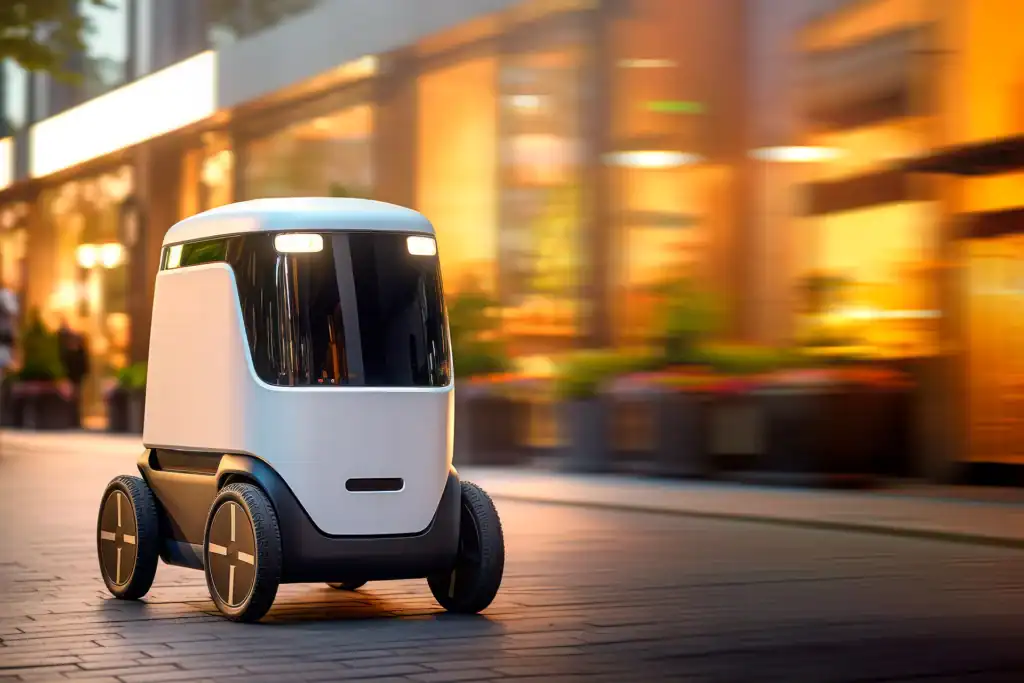Brand Purpose quickly established itself as the buzzword du jour in the 2010s with renowned, respected consultancies like Brighthouse, a BCG Company, and iconic thinkers like Simon Sinek dominating the thinking, and many others adopting and adapting it. The word has become ubiquitous among forward-thinking leaders who seek to scale brands with the stickiness to stand the test of time and inevitable shifts in consumer behaviors and dynamics. While there seems to be a consensus on the power of Brand Purpose as a strong strategy for growth, there is incredible ambiguity around exactly what that means. The result is competitive squawking in intelligentsia circles that push and pull against what Brand Purpose should be.
Brands like Warby Parker and Tom’s added a new layer to the perceptions of purpose with their operationalized philanthropy. As a result of their success, Brand Purpose developed a strengthened definition that’s more aligned with an altruistic vision. Coupled with Millennial and Gen Z studies showing their desire to make an impact in their career, and their tendency to seek out brands that have a positive impact on the world, it’s easy to see how conflating philanthropy and purpose has manifested. This thinking has taken hold in large swaths of brand strategists and thinkers making it difficult to uncouple the two. Despite that thinking’s prevalence, Purpose and philanthropy are different and should be separate in most cases.
The fact is, Brand Purpose does not have to be related to a philanthropic or altruistic output. As brands have rushed to adopt more philanthropy as part of parcel of their promise to their patrons, the effectiveness and believability of honest motivations have waned. Put simply, patron’s skepticism of brands actually believing in a philanthropic purpose has risen and continues to rise. It’s threatening to become a bankrupt claim.
Believability in a brand’s Purpose is paramount in realizing its true power and effectiveness. When a brand forces philanthropy into a Purpose without sound reason, or lackadaisically as seen in the go-to approach of donating money to an organization, not only is it ineffective, it can be counterproductive. Skepticism is already baked into claims made by corporations, this only confirms it in Patron’s minds.
Strong Brand Purpose statements are completely supported throughout every aspect of an organization. In doing so, they go beyond a mere statement and become a reality that is felt and perceived in every moment experienced internally and externally. They are at their strongest when they refuse to ad hoc ploys as a means to bolster their appeal to a group of people.
Instead, strong brands are built with a belief about a reality experienced by a group of people, and the brand’s unique offering to address that reality. Southwest airlines believe that travel should be available to everyone. Their solution is to make flights as inexpensive as possible without sacrificing safety and dependability. Nowhere do they attempt to cure illness with every ticket purchased. Their belief is clear, their purpose is clear, and they continue to craft every aspect of their company with that in mind.
Another instance of Brand Purpose aligned with something other than altruism is in Simon Sinek’s often-cited example of Apple. In this case, Apple’s Brand purpose, or as, Sinek calls it, their “Why” is “to think different.” In Sinek’s words during his 2009 TEDTalk, “Everything we do, we believe in challenging the status quo, we believe in thinking different.” What the company makes and how they make it spawn from this Purpose epicenter and the results are easy to see.
Nowhere in Apple’s strategy do they align their Purpose with something altruistic or bigger than what they do or how they do it because doing so would seem cheap and manipulative. It doesn’t make sense in the reality of challenging the status quo. And yet, they succeed wildly.
Airlines and computer companies may not be a fully fair example because there exists a finite amount of competitors. One could argue it’s easier to be so purist and idealist when the competition is less prevalent in market. Let’s look at an industry with more aggressive and sizeable competition: restaurants.
Five Guys Burgers and Fries certainly challenged the assertions that Purpose must be driven by a cause. The brand’s rise was based on a simple premise: make burgers better. The reality they saw was a fast food industry with wimpy burger patties and basic options. They knew people wanted better without having to shell out money for a product in a full-service restaurant setting.
The Five Guys magic was keeping focused on that purpose. As a result, they were able to curb menu creep and keep things simple. Simple meant easy to train franchisees and employees. Simple meant easy messaging. Simple meant a streamlined supply chain. All of this simplicity created efficiencies that kept pricing manageable and approachable. The result is a brand that’s easy to categorize and easy to adopt into a Patron’s suite of brands.
Yes, brands can have a Purpose aligned with something bigger than the Product’s benefits to the consumer. Take Chipotle as a case in point. Burritos were not something new when Chipotle rose in popularity. In fact, there were other options on local and regional levels that did quite well. How was Chipotle able to create not only a successful business model but also realize a top spot in the restaurant industry as a whole?
Their understanding of the realities of the industry was clear, and their solution to those realities was powerful and fully realized. The reality was that restaurants relied on produce from farms with processes that created a lower quality product with a heavy toll on the environment. Their answer to that reality was to cultivate a better world. Lofty? Yes. Achievable? Clearly.
Chipotle gets lauded for operational excellence. They are scrutinized for marketing prowess. While these aspects are certainly notable, neither would matter if Chipotle weren’t built on a Brand Purpose that solves a need in the world. In this case, more sustainable food-sourcing practices that seek to cultivate a better world.
It’s paramount that leaders understand that Purpose should not be representative of a singular product or product offering, however. Doing so will pigeonhole the opportunities that a strong Purpose can manifest. What the company does should be informed and inspired by the Purpose. Therefore, Purpose must be bigger in thinking. A good example of this is Apple’s “Think Different” Purpose. it does not mention computers. Instead, it leaves the door open for the Brand Purpose to flourish without the confines of a dedicated product.
In summary, a Brand Purpose must seek to solve a belief in a reality experienced by Patrons. That belief could be aligned with a philanthropic or altruistic cause so long as it’s genuinely baked into what the company produces as in the cases of Tom’s Shoes and Warby Parker. Half-measures to adopt a cause come off as cheap and counterintuitively add to an already high rate of corporate skepticism. Instead, brands must focus on a reality in the world that identifies a deficiency in the current landscape of products and services. Then they must build a Purpose wholly aligned and dedicated to changing that reality that guides what they do and how they do it.


